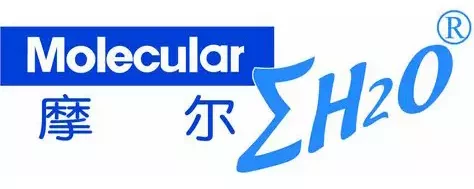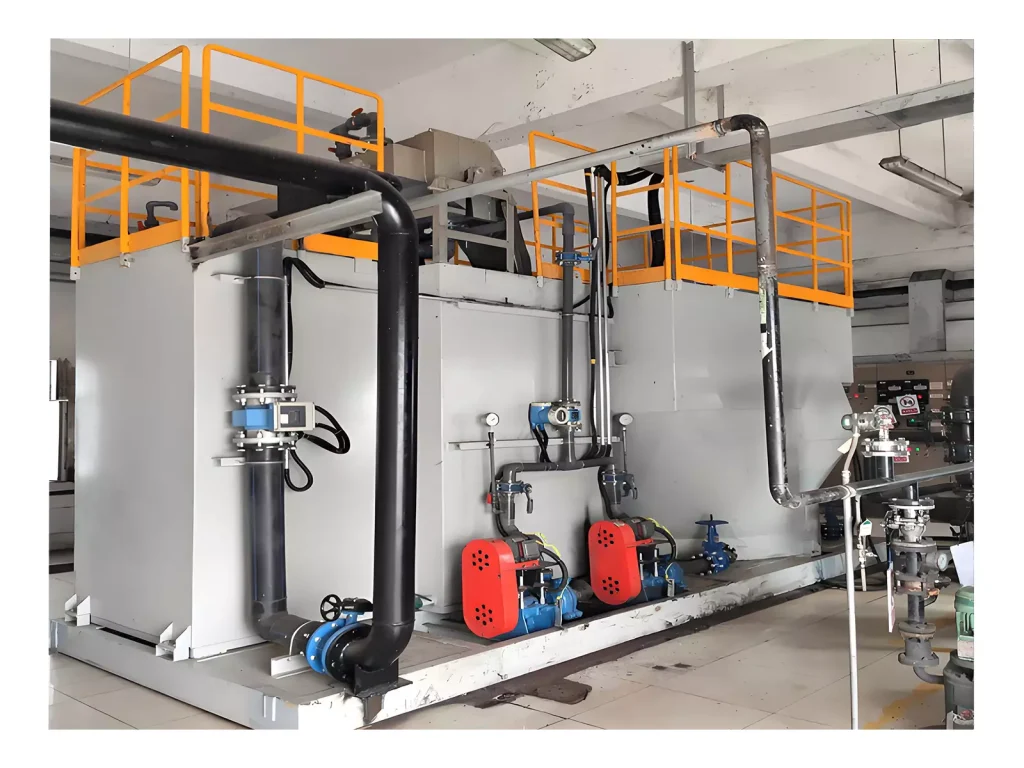Power Plant Wastewater Treatment System
The power plant wastewater treatment system is a key link in ensuring ecological environment safety and achieving sustainable development.
The wastewater generated during coal and gas power generation processes contains heavy metals (such as mercury and arsenic), high salt content, suspended solids, and organic pollutants. If discharged directly without treatment, it will seriously pollute surface water, groundwater, and soil, damage aquatic ecosystems, and pose a threat to human health through the food chain.
Share to
Types and characteristics of wastewater
Ash flushing wastewater
- Source: Slag and dust collector flushing water, accounting for nearly 50% of the total wastewater in the power plant.
- Characteristics: high suspended solids (SS), fluctuating salt content, heavy metals (such as arsenic) and fluorides, unstable pH value.
Desulfurization wastewater
- Source: Discharge water from wet desulfurization (limestone/gypsum method) system.
- Characteristics: high turbidity, high hardness, rich in heavy metals (mercury, cadmium, lead), high chloride ions (Cl ⁻>20g/L), and containing supersaturated sulfite.
Coal containing wastewater
- Source: Coal transportation system flushing water and initial rainwater in the coal yard.
- Characteristics: High suspended solids concentration (>5000mg/L), deep chromaticity (>400 times), fine coal powder particles that are difficult to precipitate.
Industrial wastewater
- Source: Chemical water treatment waste liquid, cooling tower discharge, oily wastewater, etc.
- Characteristics: Complex composition, containing acids, bases, oils, organic matter, and trace heavy metals, with large fluctuations in water quality and quantity.
Core processing technology
Preprocessing
Main processing technology
| Wastewater type | Key technology | Effects |
| Ash flushing wastewater | Concentrated hydraulic ash removal (ash water ratio 1:5), closed-loop circulation of ash water, dry ash removal | Reduce water replenishment by more than 50% and recover coal slurry resources |
| Desulfurization wastewater | Triple box process (neutralization precipitation flocculation) or integrated treatment (electrochemical cyanide cracking+photocatalytic oxidation) | Heavy metal removal rate>95%, SS/COD stable compliance |
| Coal containing wastewater | Electrocoagulation technology (replacing traditional dosing), inclined plate precipitation+dissolved air flotation | Suspended solids removal rate>98% |
| Industrial waste water | Coagulation sedimentation (PAC/PAM)+air flotation oil removal+biofilter | Oil removal rate>90%, COD degradation rate>85% |
Deep processing and reuse
- Membrane technology: Reverse osmosis (RO) or nanofiltration (NF) deep desalination, with a water conductivity of ≤ 500 μ S/cm, used for cooling water supply.
- Adsorption disinfection: Activated carbon adsorbs trace pollutants and UV inactivates pathogens.
- Resource recycling: Coal slurry is reused in the coal yard, and desulfurization gypsum is recovered as a valuable byproduct. These recycling processes not only reduce waste but also enhance the sustainability of flue gas desulfurization wastewater treatment.
Get Free Quote
Please fill in the following form, we will respond your request in 24 hours.

